
cd_nom
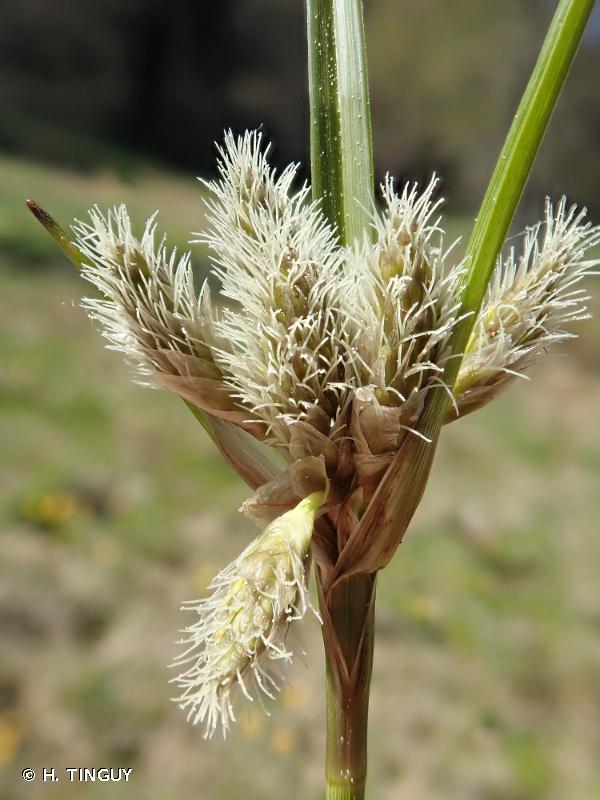
| Author : H. TINGUY |
 |
To get the picture, please visit:
Hugues Tinguy
email : inpn@mnhn.fr
Despite the Creative Commons license, please inform the author of the use which will be made of his photo
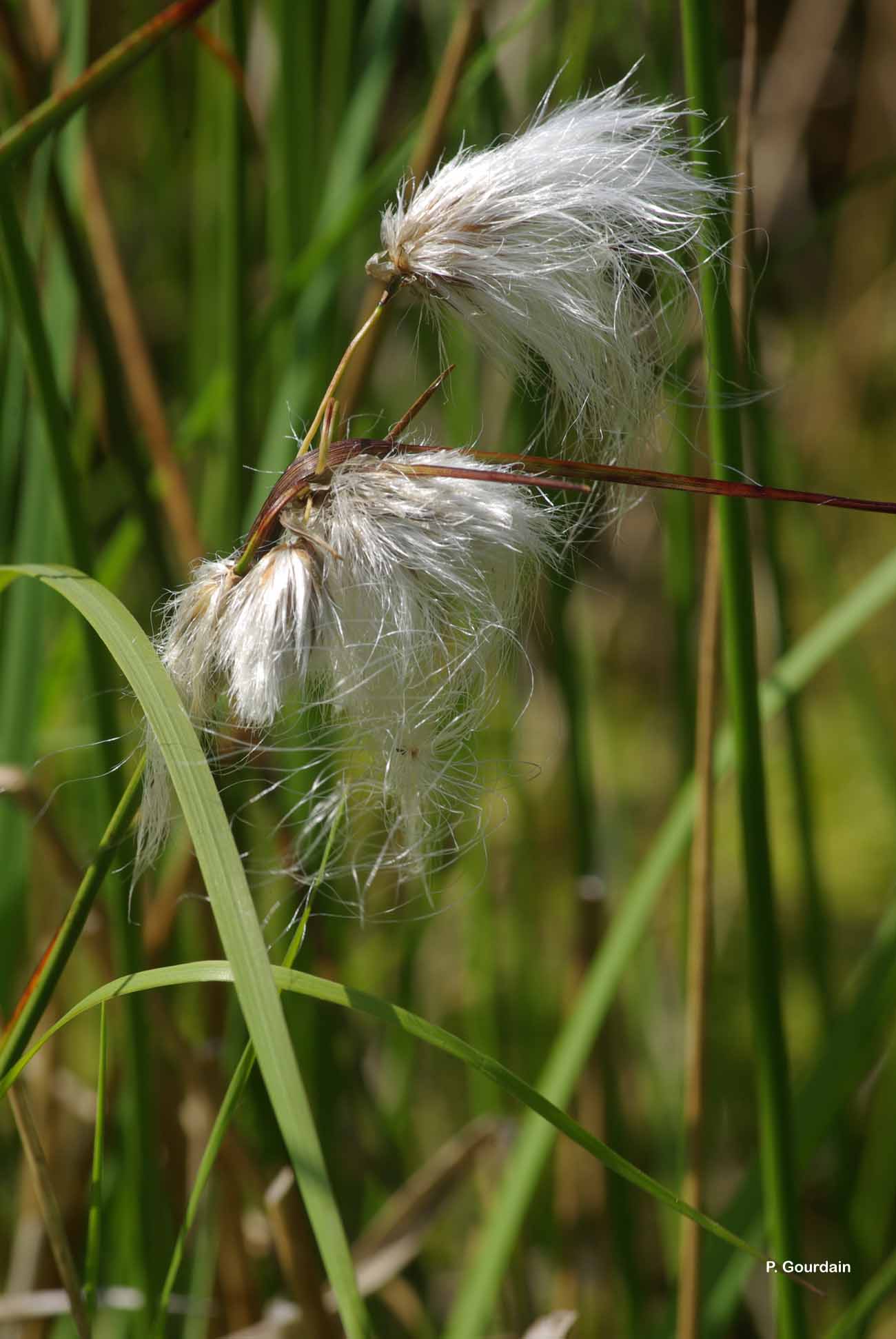
| Author : P. Gourdain |
 |
To get the picture, please visit:
Philippe GOURDAIN
Muséum national d'Histoire naturelle - Service du Patrimoine Naturel
36 rue Geoffroy Saint-Hilaire
CP 41
75 231 PARIS CEDEX 05
e-mail : inpn@mnhn.fr
Legend: Soisy-sur-Seine
Despite the Creative Commons license, please inform the author of the use which will be made of his photo
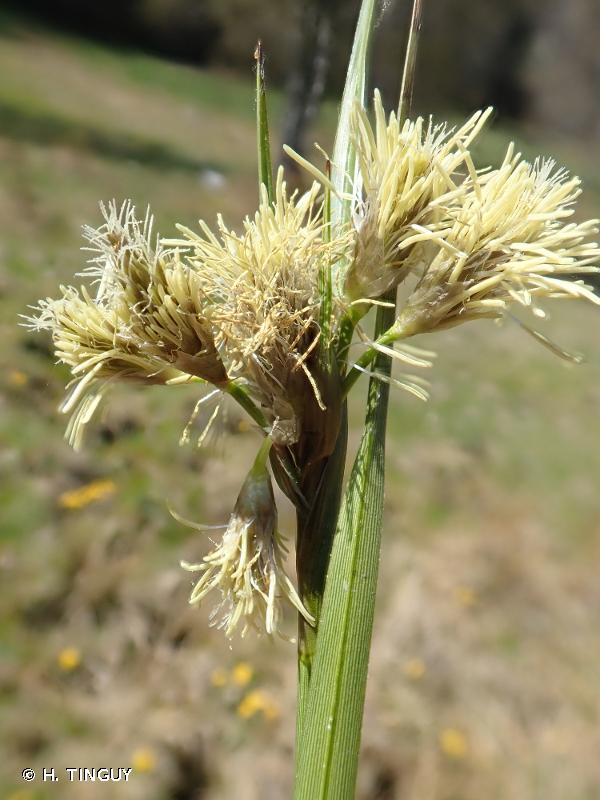
| Author : H. TINGUY |
 |
To get the picture, please visit:
Hugues Tinguy
email : inpn@mnhn.fr
Despite the Creative Commons license, please inform the author of the use which will be made of his photo
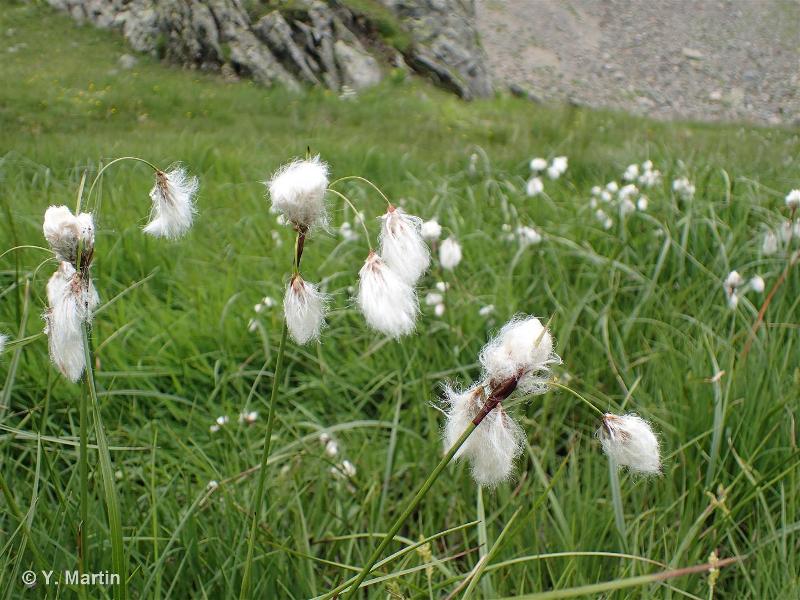
 |
To get the picture, please visit:
Yoan MARTIN
email : martin.yoan95@gmail.com
Despite the Creative Commons license, please inform the author of the use which will be made of his photo
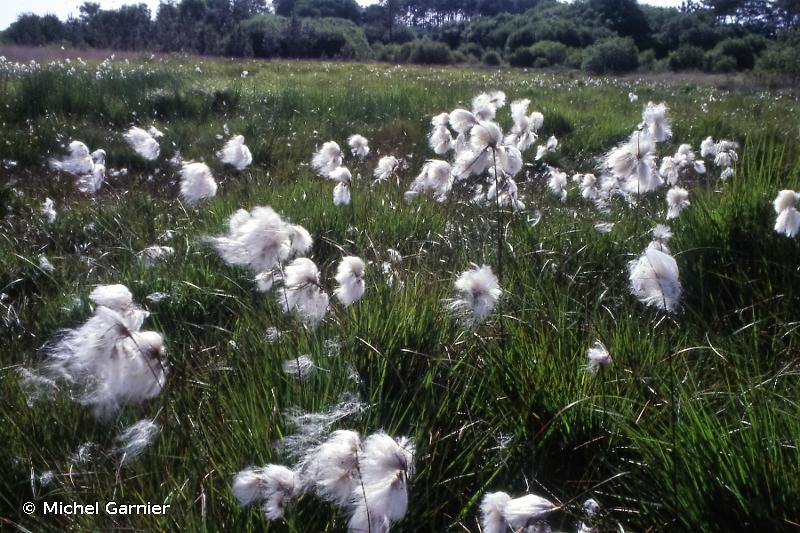
| Author : Michel Garnier |
 |
To get the picture, please visit:
Michel Garnier
email : inpn@mnhn.fr
Despite the Creative Commons license, please inform the author of the use which will be made of his photo

 |
To get the picture, please visit:
Yoan MARTIN
email : martin.yoan95@gmail.com
Despite the Creative Commons license, please inform the author of the use which will be made of his photo

 |
To get the picture, please visit:
Yoan MARTIN
email : martin.yoan95@gmail.com
Despite the Creative Commons license, please inform the author of the use which will be made of his photo
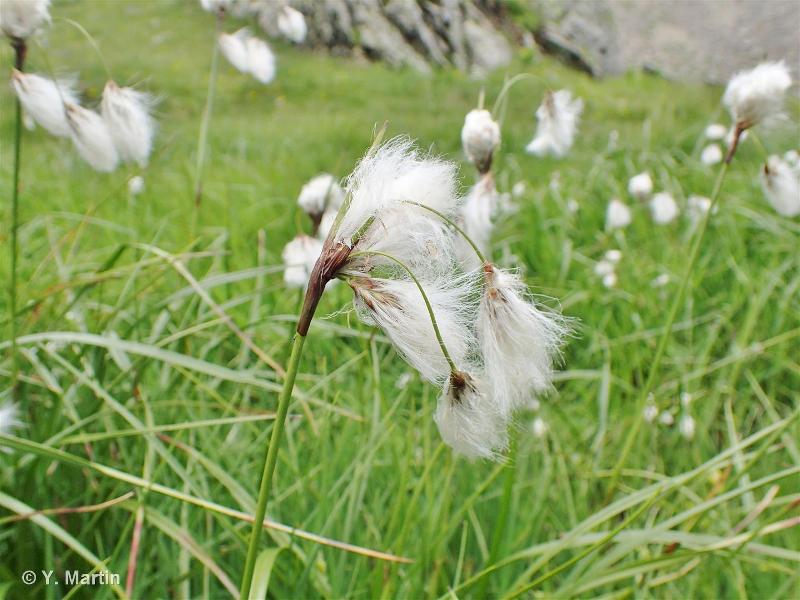
 |
To get the picture, please visit:
Yoan MARTIN
email : martin.yoan95@gmail.com
Despite the Creative Commons license, please inform the author of the use which will be made of his photo

 |
To get the picture, please visit:
Yoan MARTIN
email : martin.yoan95@gmail.com
Despite the Creative Commons license, please inform the author of the use which will be made of his photo
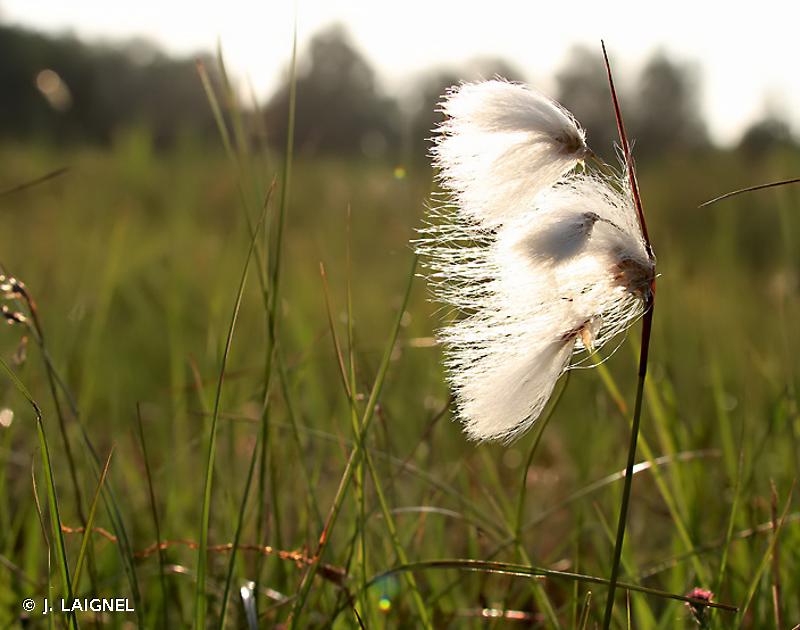
| Author : J. LAIGNEL |
 |
To get the picture, please visit:
Julien Laignel
Chargé de mission SNB - SPN/MNHN
4, avenue du Petit Château
91800 BRUNOY
Tel.: 06.10.68.23.36
Mail: julien.laignel@9online.fr
Despite the Creative Commons license, please inform the author of the use which will be made of his photo
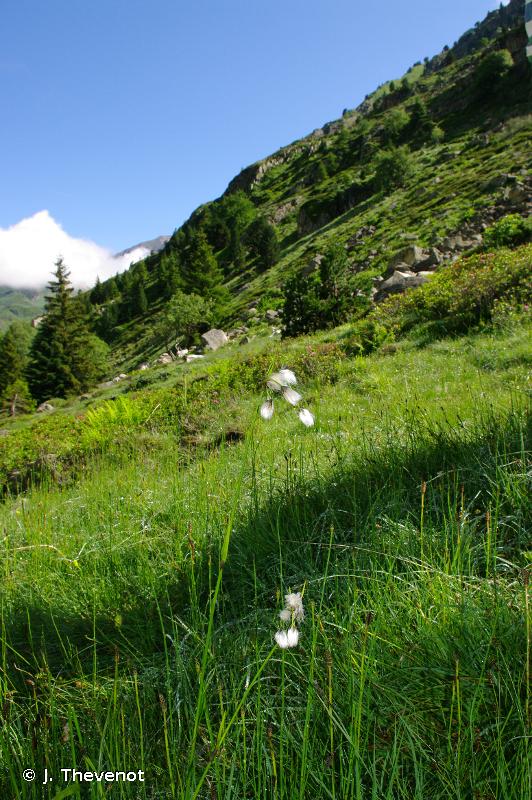
| Author : J. Thevenot |
 |
To get the picture, please visit:
Jessica Thévenot
email : jessicathevenot@gmail.com
Despite the Creative Commons license, please inform the author of the use which will be made of his photo
La Linaigrette à feuilles étroites (Eriophorum angustifolium Honck.) est une espèce de la famille des Cyperaceae. Bien que présente dans la plupart des départements français métropolitains, cette plante est nettement plus commune dans les zones de montagne (Massif central, Alpes, Pyrénées, Jura et Vosges) que dans les régions de plaine. En effet, la Linaigrette à feuilles étroites est inféodée aux marécages et aux tourbières, qui sont des milieux globalement en régression sur l'ensemble du territoire français et plus encore en plaine, où ils sont modifiés ou détruits car impropres aux cultures et aux pacages.
Les tourbières correspondent à des milieux marécageux à très faible courant, où certaines espèces de mousses, appelées sphaignes, constituent des colonies très importantes tant en superficie qu'en abondance. La décomposition de ces sphaignes provoque une forte acidification du substrat, qui empêche l'action des micro-organismes décomposeurs. Ainsi, les sphaignes mortes et autres débris végétaux se fossilisent lentement en une matière noire et très dense : la tourbe. Utilisée comme combustible, la tourbe a longtemps été extraite des tourbières, cependant, avec l'utilisation des combustibles gazeux ou pétroliers, l'activité d'extraction de la tourbe a été quasiment abandonnée en France, laissant les tourbières sans entretien et provoquant, par conséquent, leur embroussaillement et leur dégradation.
La Linaigrette à feuilles étroites est une plante herbacée vivace, plus ou moins cespiteuse. Ses feuilles sont étroites et allongées, coupantes sur leurs marges, de couleur vert clair à foncé et à nervation parallèle. Elles sont engainantes aux tiges et disposées en larges touffes. Les tiges ont une section triangulaire. Les fleurs ne possèdent ni sépale ni pétale ; les organes reproducteurs sont protégés par des pièces bractéales modifiées formant des épillets, au nombre de deux à six par individu. La pollinisation est assurée par le vent (anémophilie). Après la fécondation, les épillets se couvrent de fins et longs poils soyeux, leur donnant un aspect de bourre cotonneuse. Le fruit est un akène.
Attention : la Linaigrette à feuilles étroites est protégée dans les régions Centre, Île-de-France, Nord-Pas-de-Calais et Picardie, ainsi dans le département de la Dordogne : sa cueillette est interdite !
Référence bibliographique principale : COSTE H. – 1900-1906. Flore descriptive et illustrée de la France, de la Corse et des contrées limitrophes. Tome III. Paul-Klincksieck, Paris. Réédition en 1998 par la Librairie scientifique et technique Albert Blanchard, Paris : 807 pp.
Olivier Escuder(UMS 2006 Patrimoine Naturel (AFB / CNRS / MNHN)),2014
Continental
Metropolitan France
Overseas
Marine
Metropolitan France
Overseas
The map presents a summary at the 10 x 10 km grid of the observation data for the species transmitted to the SINP. These data have been subjected to validation filters.
The map presents a reference distribution layer of the species at the scale of departments and marine sectors. The presence and absence data were established by expertise within a network of partners. This reference distribution is used in the validation process of the SINP data at the INPN level.
Corresponds to a report on the basis of at least one observation proved within a period of 10 years (20 years for little-known invertebrates) preceding the year and no presumption of extinction since obtaining the last data nor doubt on reproductive and implemented nature of this population. For migratory species, the presence indicated concerns areas of reproduction.
This status is based on one or more of the following criteria:
This point covers the absence, more difficult by nature to demonstrate than presence. This status is based on one or more of the following criteria:
This status must be assigned to a department in which the presence of the species is casual.
Particular case of absence due to a proven extinction less than a half century ago (older disappearances are treated as "no probable or definite").
In the state of knowledge, we can not comment on the presence or absence in the current department. This is the default status when not comprised in one of the previous categories or whenever there is doubt.
The map shows the global distribution of the species based on GBIF data (Global Biodiversity Information Facility).
